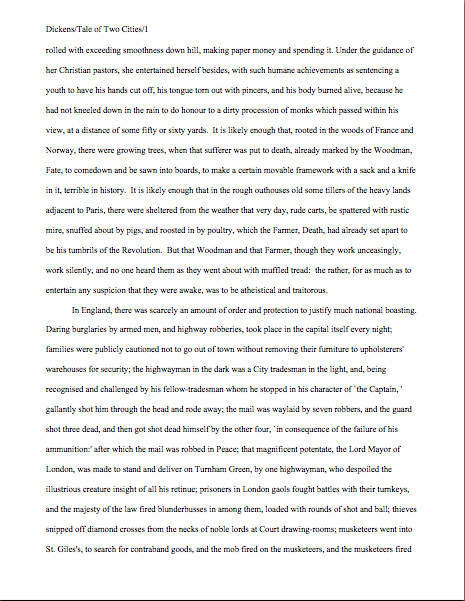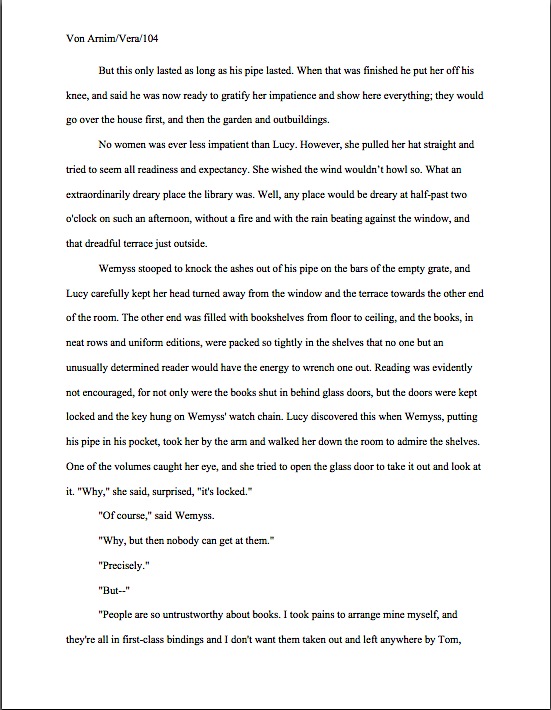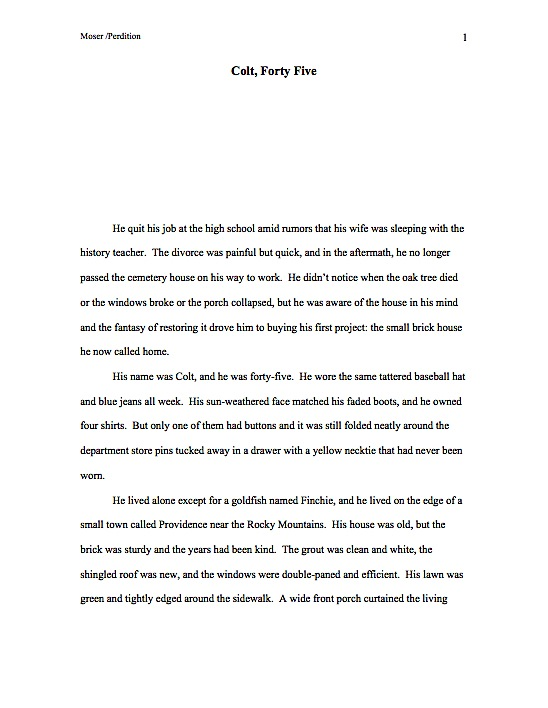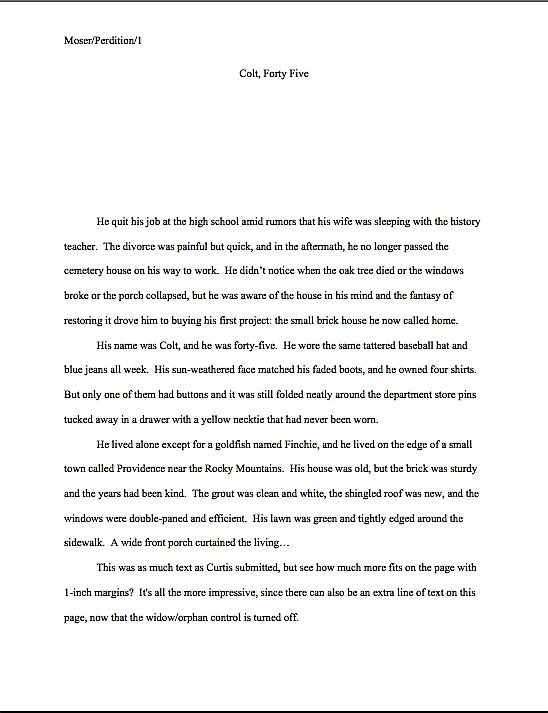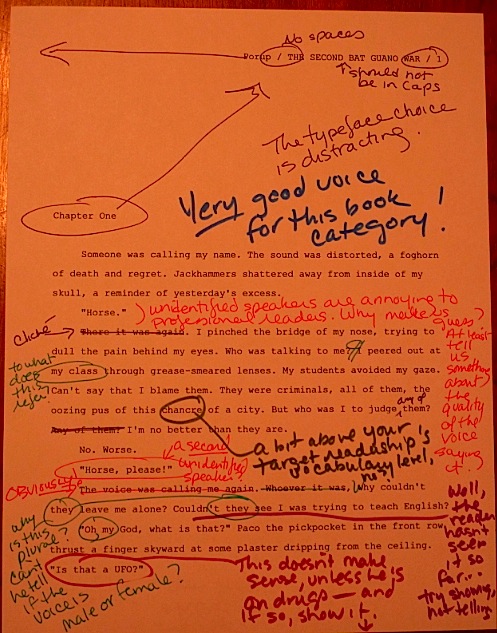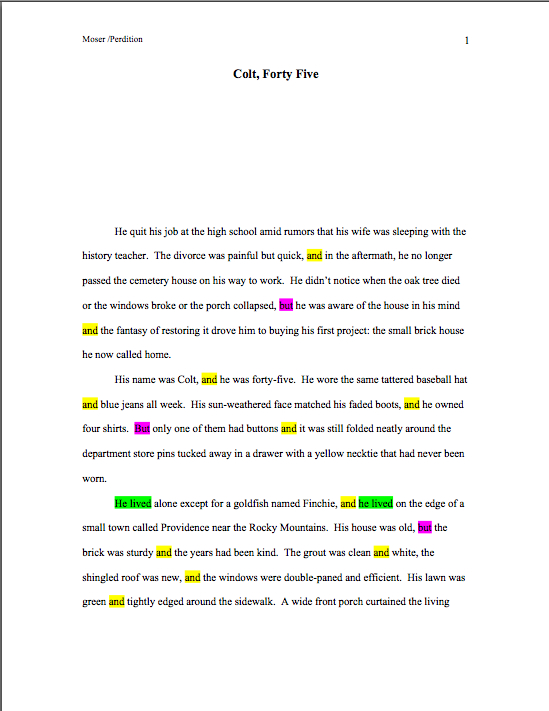Yes, I’m posting late again — and yes, my tardiness is due in part to the delightful rigors of fine-tuning the rules for the latest installment of the Author! Author! Awards for Expressive Excellence, a writing contest I shall be announcing this coming weekend. Not to pat myself on the back, but I flatter myself that this year’s iteration will please a broader swathe of writers seeking Eye-Catching Query Letter Candy than ever before.
Hint: the judges are going to be rewarding showing, not telling. But perhaps I have already said too much.
Back to the topic at hand. The prim miss sporting the clavicle-concealing garment above is, of course, Jane Austen, and she has come to preside over today’s topic, how to write comedy that ages well.
What’s that you say, potential literary contest entrants? That since writing contests tend to be annual events, any humor contained in your entry would have to seem fresh for only a few months, at most?
I can see why you might think so, but actually, Mehitabel the contest judge is usually as wary of jokes topical enough to have a short shelf life as Millicent the agency screener could possibly be. Why? Well, literary contest organizers hope that the works they reward with prizes, finalist ribbons, and other ECQLC will ultimately go on to be published. In a contest that accepts book-length unpublished writing, all of the Mehitabels will be quite aware that this year’s winners would at best be hitting the shelves a couple of years hence.
So I ask you: how well do you remember the pop culture events of two years ago? I thought not. Neither will Mehitabel.
Some of you have gone quite pale. Were you not aware that it typically takes quite some time for even the best-conceived manuscript to move through the traditional publication process? Even if you signed a book contract tomorrow, you might well not hold the bound book in your hand for a year or two. Sometimes more. And that’s not counting the time your agent might spend shopping the manuscript around to editors — or the time you might invest in landing an agent.
So for any cultural reference gracing your book not to seem dated to the reader of the future, it’s going to need to have at least a five-year expiration date. And if that doesn’t strike you as a trifle intimidating, may I remind you that back in 2007, iPhones were a brand-new phenomenon?
Oh, you don’t remember where you were when the last HARRY POTTER book was released? That’s okay; neither do Mehitabel or Millicent. So why would you expect them to recall, say, who the Secretary General of the U.N. was on January 3 of that year?
Oh, you may laugh (or, if you don’t follow the news, you may be wondering who the Secretary General is now), but you would be amazed at how often Millicent and Mehitabel encounter topical humor in submissions and contest entries. Or how often it’s the topical humor of a couple of years ago.
Don’t believe me? I recently read a scene in which approximately 95% of the hilarity was dependent upon the reader’s being able to recall the individual steps of the Macarena.
Well might you avert your eyes. Or roll them, if you happen to be too young to remember (shudder) a major political party’s candidate doing the Macarena on television. (I’d link to the video, but apparently, it’s so embarrassing that it’s been removed from YouTube.)
“Okay, Anne,” you say, trying desperately to believe that because it was so popular at the time, you could not possibly have looked ridiculous doing the Macarena (but knowing in your heart that was not the case), “I take your point. Before I send off a contest entry or manuscript submission, I should cast my eye over it to check for outdated or soon-to-be-outdated cultural references. But now I’m deeply curious: what makes you think that waving an admittedly rather comely line drawing of a 200-year-old author under my nose will help me remember to do that?”
An excellent question, former Macarena-doers. If you are familiar with Jane Austen’s work only through film adaptations, you might not be in the habit of thinking of her as a comedy writer, but for my money, she’s one of the most talented who ever scrawled English prose on a page. Her timing is impeccable — and, remarkably, her humor has not become less amusing with the passage of time.
Her books remain, as the British used to say, as fresh as paint.
Which is interesting, because the first novel she sold, NORTHANGER ABBEY (published posthumously in 1818, even though Aunt Jane had signed a publication contract more than a decade earlier; yet another reason that she should be the patron saint of modern novelists), was in fact very topical in its day. Quite a lot of its humor relies upon the reader’s familiarity with the most popular novels of the day.
Quick: what were the blockbusters of 1803, when she sold the manuscript for ten pounds? Or of 1798, when she evidently began writing it?
Here’s a hint: in the text, she very self-consciously identifies herself in as the literary descendant of one of the great early comic novelists, Fanny Burney. In fact, the title of PRIDE AND PREJUDICE (1813) is a direct homage to Burney, a massively popular author a generation older than Austen. PRIDE and PREJUDICE — in all caps, no less — is are identified in Burney’s CECILIA (1782) as the main villains of the plot:
The whole of this unfortunate business,” said Dr. Lyster, “has been the result of PRIDE and PREJUDICE. Your uncle, the Dean, began it, by his arbitrary will, as if an ordinance of his own could arrest the course of nature! And as if he had the power to keep alive, by the loan of a name, a family in the male branch already extinct. Your father, Mr. Mortimer, continued it with the same self-partiality, preferring the wretched gratification of tickling his ear with a favourite sound, to the solid happiness of his son with a rich and deserving wife. Yet this, however, remember: if to PRIDE and PREJUDICE you owe your miseries, so wonderfully is good and evil balanced, that to PRIDE and PREJUDICE you will also owe their termination: for all I could say to Mr. Delvile, either of reasoning or entreaty — and I said all I could suggest, and I suggested all a man need wish to hear — was totally thrown away, till I pointed out to him his own disgrace, in having a daughter-in-law immured in these mean lodgings!…Such, my good young friends, is the MORAL of your calamities.”
I like to bring this up, not only because Burney was a fine comic writer in her own right (EVELINA is, after some rather pompous opening platitudes, arguably the funniest epistolary novel ever written), but also because most of us grew up in English classes that presented female writers as aberrations in an otherwise male-dominated field — or even acted as though Austen were the first worth reading. As a matter of historical fact, there have been prominent female novelists practically since the novel was invented. In the 19th century, it was considered predominantly a women’s art form. Aunt Jane not only grew up reading other women’s writing, but she tells us point-blank that she learned some of her craft from the best.
Which I strongly suspect would come as a surprise to my ninth-grade English teacher, if not yours.
But then, my ninth-grade English teacher was so suggestible that she once caught a cold because she believed that I had placed a hex upon her. Yes, really: she was famous for misplacing her chalk — not infrequently by depositing it upon the shelf just below the blackboard designed for its reception — so her students were forced to endure many, many repetitions of — wait for it — “Who took my chalk?” There are only so many times a humor-minded person can hear a rhetorical question without providing an answer. As I recall, “I used it to stuff a voodoo doll,” was neither my first nor my best riposte, but it was the one that got me sent to the principal’s office.
His response was much funnier: “I know there’s no voodoo doll. Tell her you destroyed it, anyway. Otherwise, she’ll be sneezing for the rest of the year.”
See, that’s a joke that’s likely to age pretty well, at least for the next decade or so: although not all readers (or, brace yourself, all currently-employed Millicents) may remember chalkboards, the voodoo doll and the clueless teacher are likely to be around for a good, long while. If I’d mentioned that I was wearing an English Beat t-shirt at the time, the story would have seemed more dated, wouldn’t it?
While we’re engaging in multi-temporal analysis, why is Austen so much more popular today than Burney, other than those often-humorless film adaptations? Partially, of course, it’s due to the heavy-handed moralizing: hot in the late 1700s, but as dated as last year’s catchphrase today.
Don’t believe me? Do you really want me to force you to shout, “Hey, Macarena!”
Also, Burney’s social satire is very specifically aimed at social problems that no longer trouble English-speaking readers all that much: the trials of an 18th-century maiden raised in retirement, then forced into high society without being aware of its rules, for instance, or the trials of an orphaned heiress in a country where a young woman did not have legal control over her own property would have resonated far more with readers when her books were originally published than now.
Whereas pretty much everyone can identify with an Austen heroine who is in love with someone who doesn’t seem to love her, whilst simultaneously being pursued by someone she can’t stand. Heck, even my ninth-grade English teacher was able to identify with that.
If you want more current evidence of just how badly topical comedy tends to age, look no further than a sketch comedy show like Saturday Night Live or its many imitators. Its satires on current events are seldom amusing even a few months after the show originally airs.
Are you wondering why I am bringing this up within the context of a series on contest entries? For one very simple and seldom-mentioned reason: many contests’ rating forms specifically ask the judge to assess whether the entry is likely to seem dated quickly.
Actually, older agents and editors tend to worry about this, too, out of sheer experience: you don’t have to be in the biz for very long to see how frequently books that appeal to the hip trend of the moment have very short shelf lives. These books become stale all the faster from their perspective, since they know — as we all do now, right? — that a book often takes a year or two to sell to a publisher –and then it’s typically at least another year before that book is available to the public.
So it really isn’t all that unreasonable for a contest judge to want to give higher marks to a book that will still not have readers scratching their heads in a few years, is it? In fact, I think it’s worth stating as an aphorism that what is humor today probably will not be in a decade, and one generation’s humor will not be another’s.
Or, to put it another way: hands up, anyone that still owns a pet rock.
Here’s a radical piece of self-editing advice for would-be comic writers of both fiction and memoir: go through your manuscript and highlight any jokes that you have borrowed from TV, movies, radio shows, other books, or the zeitgeist. Keep a sharp eye out, too, for recycling comic premises from any of the above.
Then go back and examine each in turn: would a reader find it funny five years from now? Or have found it funny five years ago? If not, it probably does not belong in a submission — and it definitely does not belong in a contest entry.
This is especially true of catchphrases or references to characters from movies or sitcoms, which go stale with a rapidity that would make your average loaf of French bread turn pale with dread and contemplate its own mortality. Take a gander, for instance, at these zingers out of context:
From 1968: The devil made me do it!
From 1977: Excu-u-use me!
From 1985: You look mahvelous!
From 2000: I don’t know karate, but I do know cah-razy.
From 2004: Make it work.
Now, most media-following adults in the U.S. probably have some association with at least one of these, right? So much so that I would bet that if you close your eyes and conjure up vivid images of Flip Wilson, Steve Martin, Billy Crystal, Owen Wilson, and Tim Gunn respectively, saying these lines, these old chestnuts might still elicit the odd chuckle. (Or perhaps some puzzled consideration about why female comedians are so seldom associated with popular catchphrases.)
Go ahead and chuckle your head off, if you are given to atavistic clinging to the popular culture of your past, but please, I implore you, do not make the (unfortunately common) mistake of reusing these kinds of once-popular catchphrases in a contest entry. Leaving aside the ethical problem of these jokes having been written by someone other than you and the fact that such bits seldom funny out of context, including them will almost certainly date your book — and thus potentially cost your entry some serious points.
Yes, even if your book’s target audience is of precisely the right age to harbor fond memories of when those catchphrases were popular. To be absolutely blunt, catchphrases from your heyday will necessarily carry a very different resonance for a judge 20 years older than you are. Or 20 years younger.
Remember, you cannot be sure that the Mehitabel to whom your entry will be assigned will be of the generation you have in mind. People tend to have very strong associations with particular periods in their lives, and for all you know, the reference you choose to use may be the very one most favored in 1978 by your dream agent’s hideously unkind ex, the one who lied in court during the divorce proceedings and hid assets so cleverly that their daughter’s college fund had to be used to pay those unexpected medical bills of Mother’s. Then the car broke down, and all of those checks bounced, and the orthodontist tried to repossess Angelica’s braces…
See what happened? One little pop culture reference, and POW! You’ve lost your judge’s attention entirely.
So even if you are using pop culture references to establish a particular period, do it with care. Be sparing. Even if your teenage son quoted SHANGHAI NOON endlessly for six solid months while the entire family cringed in a Y2K fallout shelter, do be aware that your reader might not have the associations you do with those jokes. There are a myriad of associational possibilities — and almost none of them will make your writing more memorable or seem fresher.
Originality tends to age better than borrowed amusement, anyway. But that’s a topic for tomorrow’s post.
For now, if you aspire to perfecting your comic voice, it might behoove you to take a good, hard look at the careers of Mssrs. Martin, Crystal, and Wilson, all of whom started out as comedy writers, writing material for themselves and others. All became progressively less funny (in my humble opinion, at least) as soon as they started performing comic material written by other people. Ditto for one of the great comedy writers of all time, Mae West; she first came to prominence as a playwright, not a sex symbol.
An accident? I think not. They became less funny because their individual comic voices had gotten lost, replaced by the catchphrases of the moment.
Oh, the people who were writing for them have tried to recapture their quite distinct original voices, but the copy is never as vivid as the original, is it? Why any of them stopped writing their own material is a mystery to me — particularly Mssr. Wilson, who is arguably one of the most talented comedy writers of his (which also happens to be my) generation.
If you doubt this, rent THE ROYAL TENENBAUMS, please. Not many writers could have pulled off a graphic suicide attempt scene (evidently written years before later events rendered it sadly ironic, I should add, and penned with a writing partner) in the middle of a genuinely funny comedy about misused potential. It’s brilliant, so much so that it’s kept me interested for years in his writing, wondering how he is going to surprise me next. I suspect that it will still seem pretty brilliant when everyone of my generation is old and gray and full of sleep.
Why? Because it isn’t like anything else. And because, like Aunt Jane’s socially frustrated heroines’ woes, it’s not a situation that’s going to be outdated in a decade. It’s a situation with which people are likely to be able to identify for some time to come.
One of the advantages to using humor in your submissions is to demonstrate the originality of your voice — not Jane Austen’s, not Owen Wilson’s, not Steve Martin’s, and certainly not that anonymous person who originated that joke your best friend from college just forwarded to you.
If your individual voice is not inherently humorous, whatever you do, don’t try to force it to be by importing humor from other sources. Lifting material from elsewhere, even if it is genuinely funny, is not the best means of establishing that YOU are funny — or that yours is a book well worth reading. Or, for our purposes today, deserving of a bright blue ribbon — today, tomorrow, and for the next three hundred years.
Make your Aunt Jane happy: be yourself. And if you want to make me happy — I ask so little — keep up the good work!















